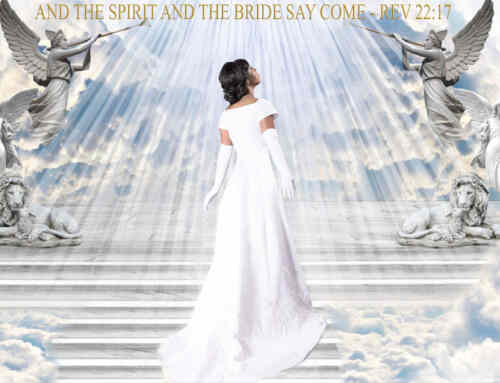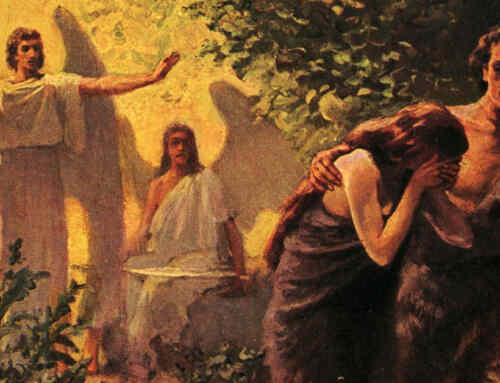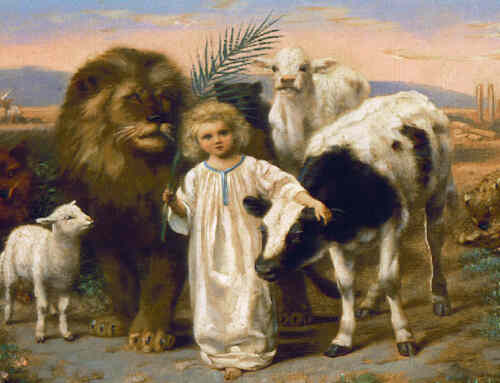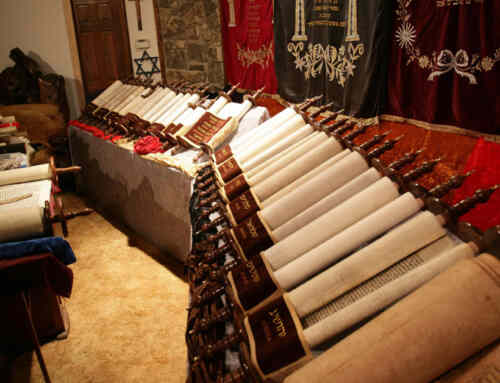The Bible identifies many different kinds of crowns. In the Old Testament, the high priest of Israel wore a golden crown. Exodus 39:30 (NKJV), “Then they made the plate of the holy crown of pure gold and wrote on it an inscription like the engraving of a signet: HOLINESS TO THE LORD.” “Crown” here is Strong’s Exhaustive Concordance Hebrew word #5145 nezer, meaning something set apart or consecrated.
God will fight for the nation of Israel in the last battle and Israel will become a crown (nezer). Zechariah 9:15-16 (NKJV), “The LORD of hosts will defend them; they shall devour and subdue with slingstones. They shall drink and roar as if with wine…The LORD their God will save them in that day, as the flock of His people. For they shall be like the jewels of a crown, lifted like a banner over His land…”
Kings in the Old Testament also wore the nezer (2 Kings 11:12). The hair of a person who took the Nazarite vow was called a nezer. It identified someone as set apart from others – whether in consecration to God or as a king.
In the New Testament, faithful Christians (referred to as the church, the bride of Christ and other descriptions) will receive the “crown of life” in the resurrection. Revelation 2:10, “Be thou faithful unto death, and I will give thee a crown of life.” The word “crown” in the New Testament is usually Strong’s Exhaustive Concordance Greek word #4735 stephanos. A stephanos was the victor’s laurel wreath used to crown the winners at the Olympics or other public sporting events. In the church’s case, the victor receives immortality.
The Apostle Paul amplified the symbol in 1 Corinthians 9:25 (NKJV), “And everyone who competes for the prize is temperate in all things. Now they do it to obtain a perishable crown, but we for an imperishable crown.” This is the same crown as in 1 Peter 1:4; 5:4 (NKJV), “to an inheritance incorruptible and undefiled and that does not fade away, reserved in heaven for you…and when the Chief Shepherd appears, you will receive the crown of glory that does not fade away.”
Finally, Jesus is pictured as having many crowns on his head at his second advent. Revelation 19:12 (NKJV), “His eyes were like a flame of fire, and on his head were many crowns…” Crowns in this verse is Strong’s Greek word #1238 diadema. Thayer’s Greek English Lexicon defines it as “the blue band marked with white with which Persian kings used to bind on the turban or tiara; the kingly ornament for the head.” This symbolizes divine authority over all things with which God crowns Jesus. Thus ultimately, “a plan for the right time – to bring everything together in Christ, both things in heaven and things on earth in him” Ephesians 1:10 (CSB).
Diadema is only used three times in the New Testament. The other two verses are Revelation 12:3 and 13:1 – in both instances being worn by evil beasts.















